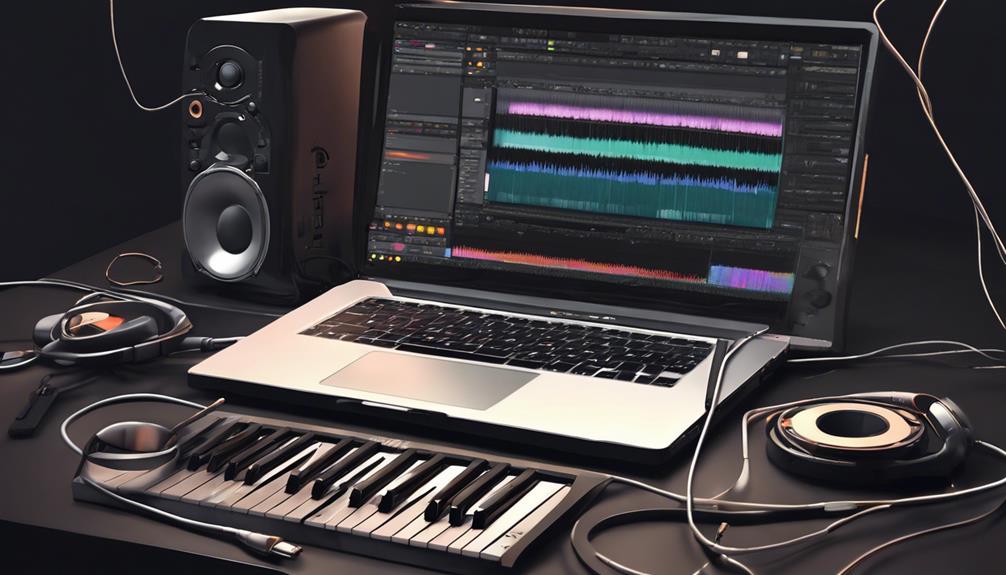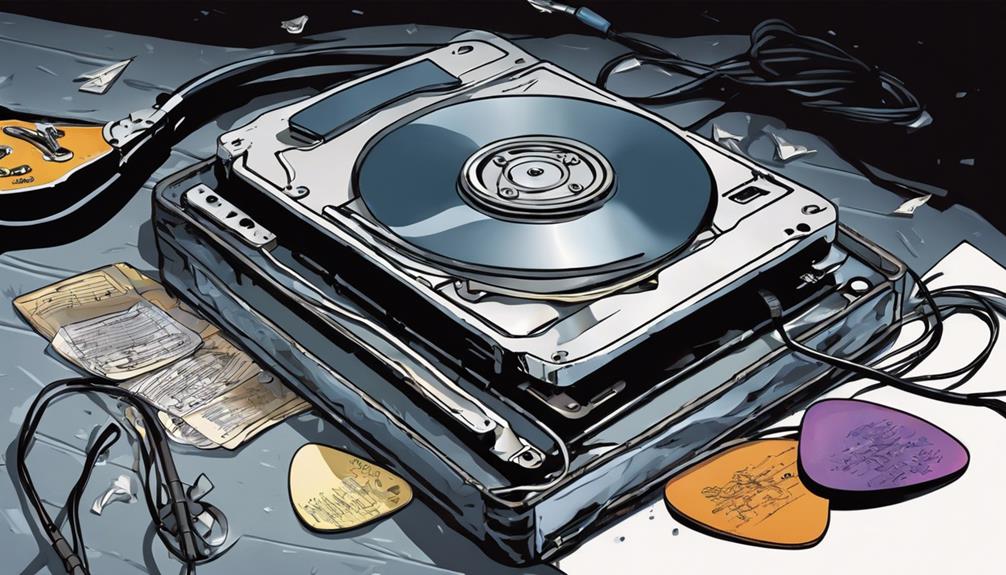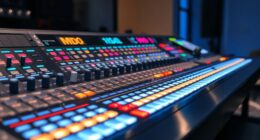A Comprehensive Guide for the Modern Musician
In the ever-evolving world of music education, finding a comprehensive guide that addresses traditional techniques and modern innovations can be challenging. “Harmonies and Horizons: Navigating the Journey of Music Education” by Thorsten Meyer, David Kim, and Maria Gomez rise to this challenge, offering a fresh and insightful perspective on the multifaceted realm of music education.

Global Perspectives and Cultural Diversity
One of the book’s standout features is its global approach to music education philosophies. By exploring various cultural perspectives, the authors provide readers with a rich tapestry of methodologies, encouraging a more inclusive and diverse understanding of music pedagogy. This global view is particularly relevant in today’s interconnected world and sets “Harmonies and Horizons” apart from more locally-focused educational texts.
Practical Skills and Psychology of Practice
The practical skills section is another highlight. Rather than merely listing techniques, the authors delve into the psychology of practice, offering strategies beyond rote repetition to foster true musical understanding and growth. This refreshing approach will likely resonate with readers frustrated by traditional practice methods.
Cutting-Edge Technology in Music Education
Meyer, Kim, and Gomez showcase their industry expertise in addressing the integration of technology in music education. The book provides a balanced view of how technology can enhance learning without overshadowing the fundamental importance of musicianship. From apps to virtual reality, the authors explore cutting-edge tools with a critical eye, offering valuable insights for educators looking to modernize their teaching methods. They emphasize the importance of choosing tools that align with educational goals, arguing that technology should serve as a complement rather than a replacement for traditional teaching methods. For instance, when discussing software that relies on high-performance hardware, they highlight the role of the best graphics cards for music production in optimizing virtual instruments and creating immersive audiovisual experiences. This technical perspective ensures that educators are equipped to make informed decisions about integrating technology effectively into their classrooms.
Career Guidance and Industry Insights
The sections on career preparation and industry insights are precious. Drawing from their extensive experience, the authors offer practical advice on navigating the complex music industry. This guidance is crucial for students and emerging professionals who often find the transition from education to career daunting.
A Minor Critique
If there’s one area where the book could improve, it’s in providing more case studies or real-world examples to illustrate key points. While the content is robust, additional concrete examples could help readers better apply the concepts to their own musical journeys.
Conclusion: A Must-Read for Music Enthusiasts
Despite this minor shortcoming, “Harmonies and Horizons” is an exceptional resource that deserves a place on every music educator’s and student’s bookshelf. Its comprehensive approach and the authors’ expertise make it a valuable tool for anyone serious about music education.
Whether you’re a beginner looking to understand the landscape of music education, an educator seeking to refresh your teaching methods, or a professional aiming to stay current with industry trends, this book offers something for everyone. “Harmonies and Horizons” informs, inspires, and encourages readers to approach music education with renewed passion and a global perspective.
In a world where music education is constantly evolving, this book serves as both a guide and a catalyst for growth. It’s not just about learning music; it’s about understanding the harmonies that connect us all and exploring the horizons of what music education can achieve.










